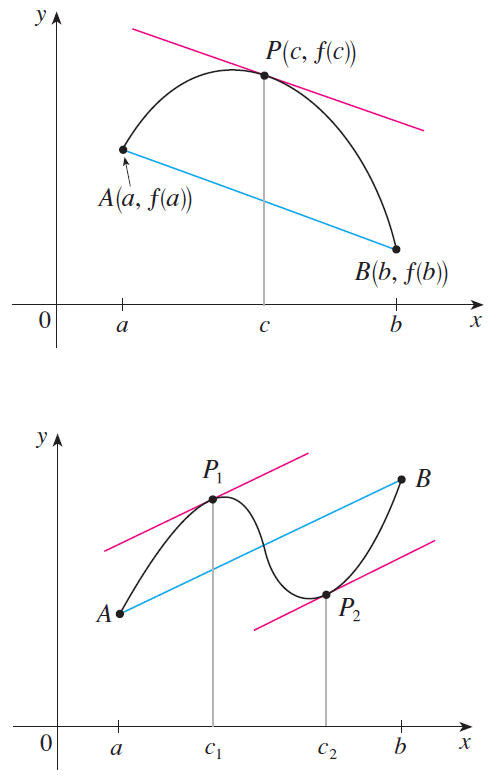KEY FEATURES OF RATIONAL FUNCTIONS WORKSHEET
For each of the following, find the x-intercept, y-intercept, vertical asymptotes and end behaviour.
Problem 1 :
Problem 2 :
Problem 3 :
Problem 4 :

Answers
1. Answer :
y-intercept :
Substitute x = 0 into the given rational function.
y-intercept is (⁵⁄₃, 0).
x-intercept :
Substitute y = 0 into the given rational function.
2(x - 1)(x + 5) = 0
(x - 1)(x + 5) = 0
x - 1 = 0 or x + 5 = 0
x = 1 or x = -5
The x-intercepts are (1, 0) and (-5, 0).
Vertical Asymptotes :
Equate the denominator part of the given rational function to zero and solve for x.
(x - 3)(x + 2) = 0
x - 3 = 0 or x + 2 = 0
x = 3 or x = -2
The vertical asymptotes are x = 3 and x = -2.
End Behaviour :
Left end behaviour :
When x ---> -∞, y ---> 2.
Right end behaviour :
Whjen x ---> +∞, y ---> 2.
2. Answer :
y-intercept :
Substitute x = 0 into the given rational function.
y-intercept is (6, 0).
x-intercept :
Substitute y = 0 into the given rational function.
(x - 4)(x + 3) = 0
x - 4 = 0 or x + 3 = 0
x = 4 or x = -3
The x-intercepts are (4, 0) and (-3, 0).
Vertical Asymptotes :
Equate the denominator part of the given rational function to zero and solve for x.
(x + 1)(x - 2) = 0
x + 1 = 0 or x - 2 = 0
x = -1 or x = 2
The vertical asymptotes are x = -1 and x = 2.
End Behaviour :
Left end behaviour :
When x ---> -∞, y ---> 1.
Right end behaviour :
When x ---> +∞, y ---> 1.
3. Answer :
y-intercept :
Substitute x = 0 into the given rational function.
y-intercept is (⁹⁄₅, 0).
x-intercept :
Substitute y = 0 into the given rational function.
3(x + 1)(x + 3)(x - 4) = 0
(x + 1)(x + 3)(x - 4) = 0
x + 1 = 0 or x + 3 = 0 or x - 4 = 0
x = -1 or x = -3 or x = 4
The x-intercepts are (-3, 0), (-1, 0) and (4, 0).
Vertical Asymptotes :
Equate the denominator part of the given rational function to zero and solve for x.
(x - 2)(x + 2)(x + 5) = 0
x - 2 = 0 or x + 2 = 0 or x + 5 = 0
x = 2 or x = -2 or x = -5
The vertical asymptotes are x = -5, x = -2 and x = 2.
End Behaviour :
Left end behaviour :
When x ---> -∞, y ---> 3.
Right end behaviour :
When x ---> +∞, y ---> 3.
4. Answer :
y-intercept :
Substitute x = 0 into the given rational function.
y-intercept is (-4, 0).
x-intercept :
Substitute y = 0 into the given rational function.
(x + 2)(x + 6) = 0
x + 2 = 0 or x + 6 = 0
x = -2 or x = -6
The x-intercepts are (-6, 0) and (-2, 0).
Vertical Asymptotes :
Equate the denominator part of the given rational function to zero and solve for x.
x - 3 = 0
x = 3
The vertical asymptote is x = 3.
End Behaviour :
Left end behaviour :
When x ---> -∞, y ---> -∞.
Right end behaviour :
When x ---> +∞, y ---> +∞.
Kindly mail your feedback to v4formath@gmail.com
We always appreciate your feedback.
©All rights reserved. onlinemath4all.com
Recent Articles
-
Simplifying Algebraic Expressions with Fractional Coefficients
May 17, 24 08:12 AM
Simplifying Algebraic Expressions with Fractional Coefficients -
The Mean Value Theorem Worksheet
May 14, 24 08:53 AM
The Mean Value Theorem Worksheet -
Mean Value Theorem
May 14, 24 02:48 AM
Mean Value Theorem
